Fanny’s Factcheck: Does low-level radioactive waste come from hospitals?
From the comic book 'De Kiekeboes: Uranium-235'
In ‘Uranium-235’, Fanny Kiekeboe visits a depository where they store low-level, short-lived radioactive waste for hundreds of years. The guide says that this waste comes from hospitals. Is that right? And what does SCK CEN do in 'real life' to limit the quantity of waste as far as possible? Let's zoom in.
© In collaboration with De Standaard Uitgeverij. All illustrations and storylines belong to them.
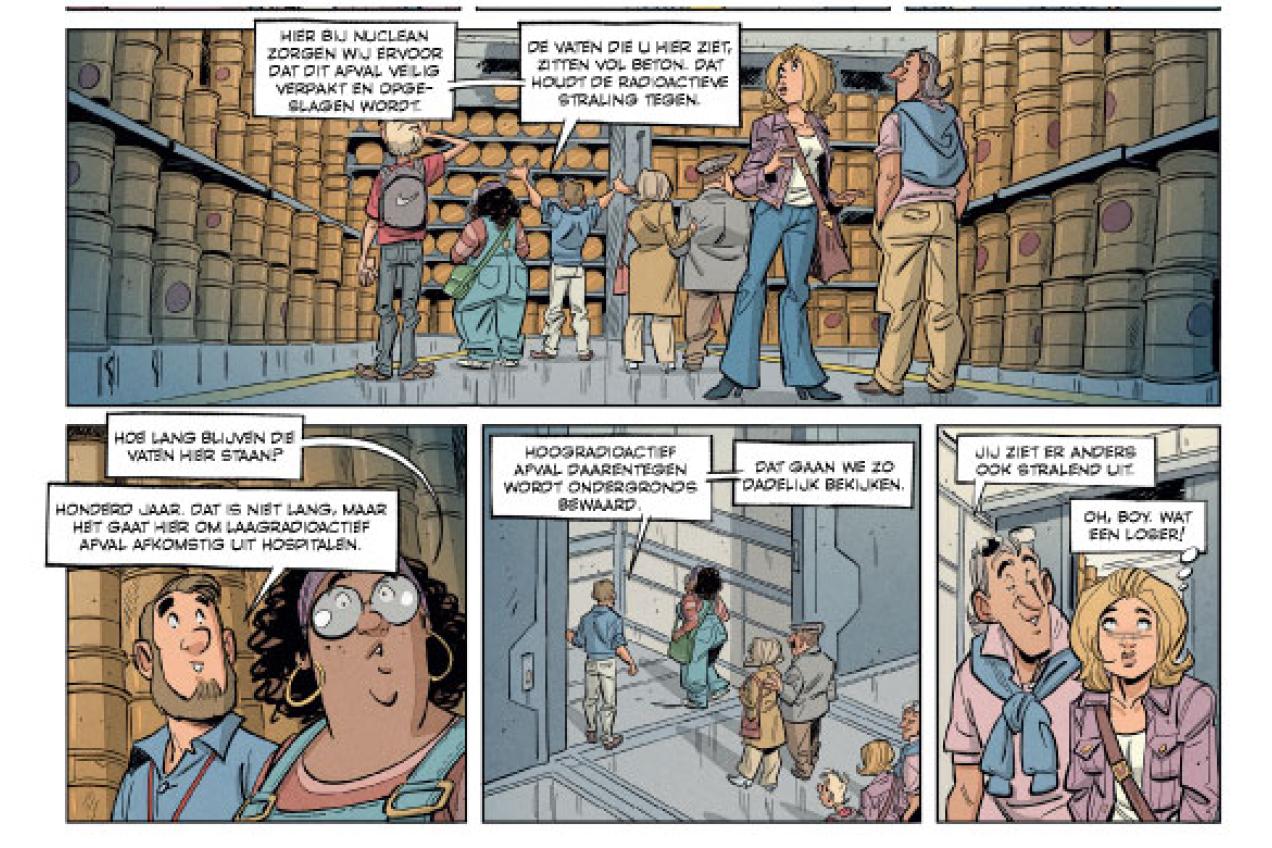
Less is more
Not everything that was once in a nuclear power plant has to be radioactive waste. There are ways of recovering the maximum amount of material and limiting the quantity of nuclear waste to a minimum. And that's just as well, because with the closure and dismantling of Belgium's nuclear power plants coming up, it's best to have a robust plan ready.
But how can we limit the quantity of radioactive waste in a cost-efficient manner? After years of pioneering work, we can proudly state that we at SCK CEN have built up extensive expertise with that issue. We dismantled our pressurised water reactor Belgian Reactor 3 (BR3), the precursor to the nuclear power plants at Doel and Tihange. In addition, we are closely involved in other dismantling projects and research into safe waste management.
Any material that may be radioactively contaminated, mainly coming from a nuclear facility, goes through a process:
-
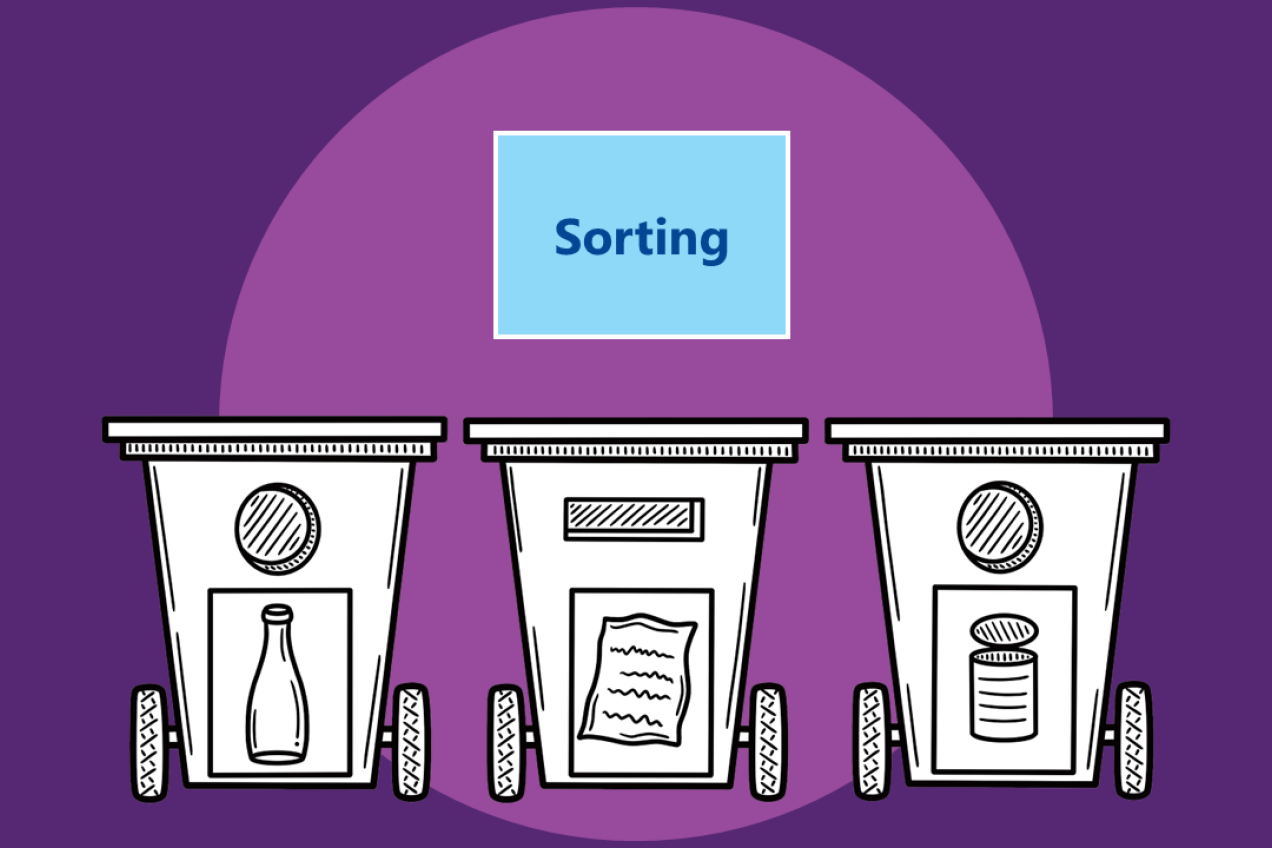
1. Sorting
To measure is to know! We carefully measure all potentially radioactive materials. That way, we separate waste streams from each other:
- Materials that are free of radioactivity
- Materials that we can declassify (see 2. Recovery)
- Materials that are not to be reused (see 3. Disposal)
-
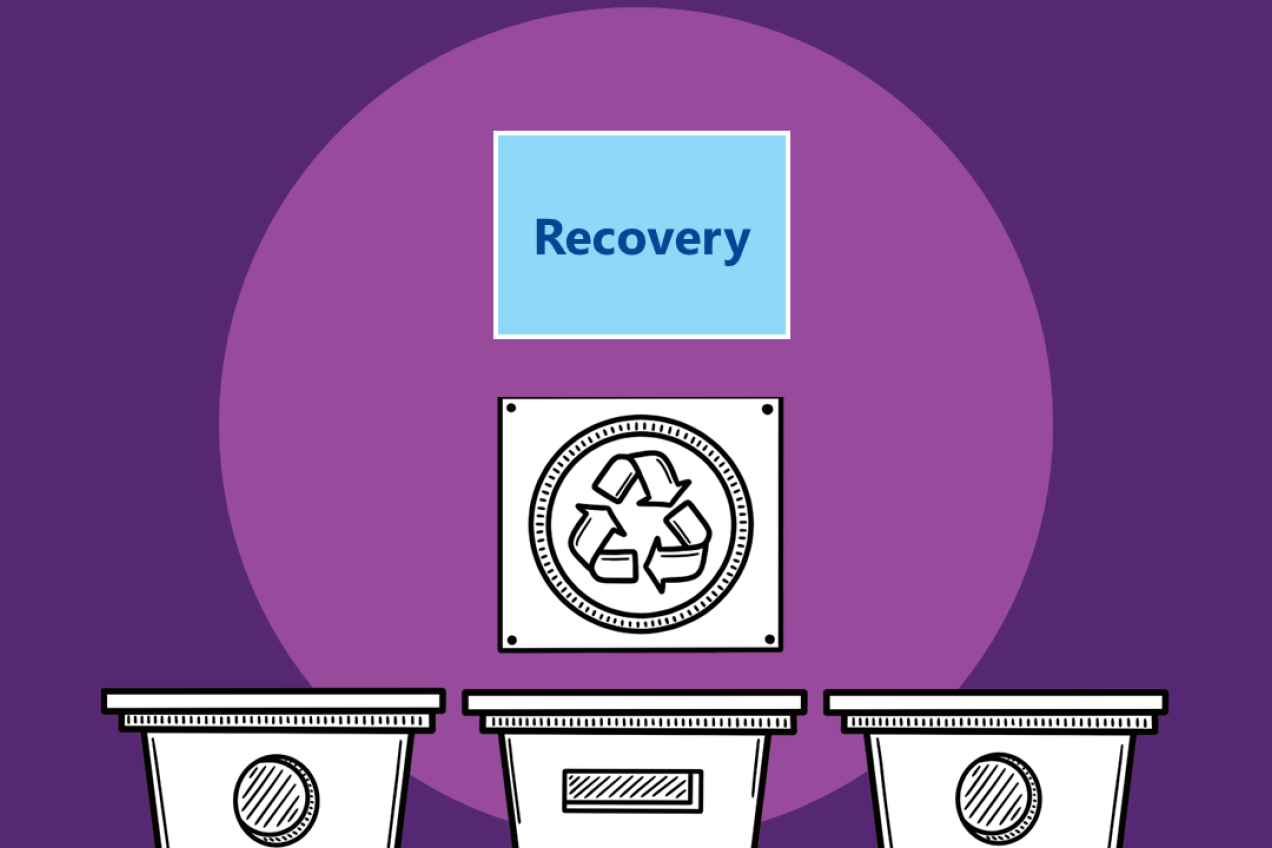
2. Recovery
Materials that are (slightly) radioactively contaminated will be decontaminated. This means that we treat the materials so as to lower the activity level until they can be considered normal waste. In technical jargon, we call this declassification.
-
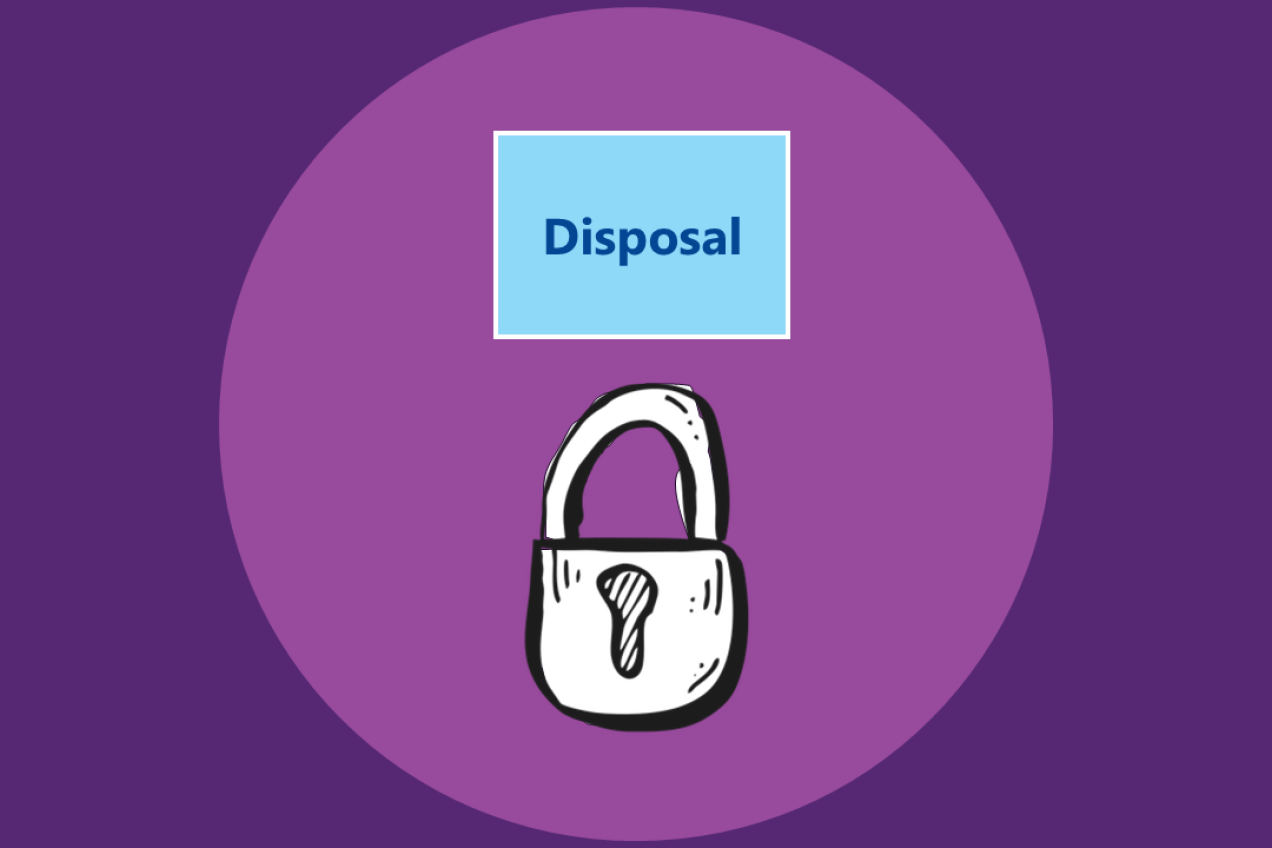
3. Disposal
Is it not possible to reuse radioactive materials? Then ONDRAF/NIRAS will ensure it is safely managed, both now and in the future.
Did you know we are in the final phase of dismantling BR3 after 35 years? During this dismantling, we have already processed 2,646 tons of waste. Barely 9.5% is radioactive waste: this is waste that we can no longer sort or recover. Its final destination will therefore be a disposal site.
Circular economy in dismantling and researching safe radioactive waste management are key to us in Exploring the nuclear lifecycle – a major pillar in our strategic plan ‘Exploring 2040’. Are you curious about how we are reducing the ecological footprint of dismantling?
Here are some specific examples:
-
Our ANUBIS project focuses on advanced measurement techniques for reusing or recycling the materials that the dismantling of the Belgian nuclear power plants will produce.
Read more >>
-
Our MEDOC facility removed the contaminated surface layer from various metals – coming from BR3 – by means of chemical cleaning. This meant no less than 71 tons of metal were disposed of as scrap instead of as low-level radioactive waste.
-
With the SMELD project, we are investigating the recycling of metal with limited radioactivity, by means of a nuclear melting furnace for research.
Read more >>
Final stop: disposal
The waste that cannot (or can no longer) be recycled must ultimately be disposed of. ONDRAF/NIRAS is the national institution responsible for the management of radioactive waste from A to Z.
Disposal of waste might sound a bit strange, but for radioactive waste, this is exactly what we need to do: for as long as the waste could pose a danger, we need to shield it from people and the environment. Only then, once the radioactive radiation has diminished sufficiently over time, can we treat it as 'normal' waste.
Disposal choice
For how long and in what manner radioactive waste must be disposed of depends on the category into which it was classified:
- Low-level waste is disposed of above ground at a surface repository.
- Medium and high-level waste must be disposed of underground in a deep of geological repository.
Did you know ... that the repository for low-level waste is being constructed in Dessel? The waste will need to stay there for 100s of years. For the high-level waste, the decision in principle was taken for deep disposal, but another location must be found (at home or abroad).
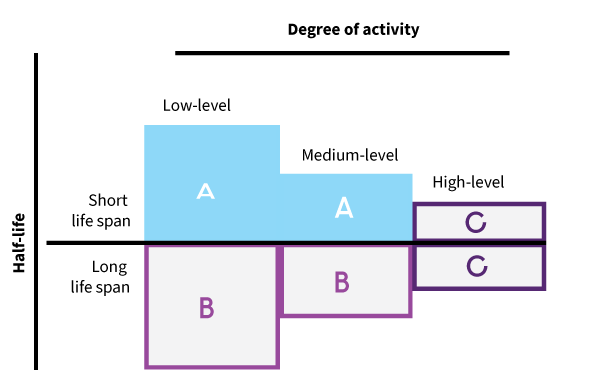
Waste categories
In Belgium, radioactive waste is thus classified into 3 categories: the A, B and C waste. The classification depends upon the half-life and the degree of activity.
The drums in the shed at the fictitious company Nuclean that Fanny is walking around clearly belong to the waste category A. After all, the guide is talking about low-level waste that needs to be stored for 100 years, i.e. low-level short-lived waste. Here is a little more explanation about this waste category.
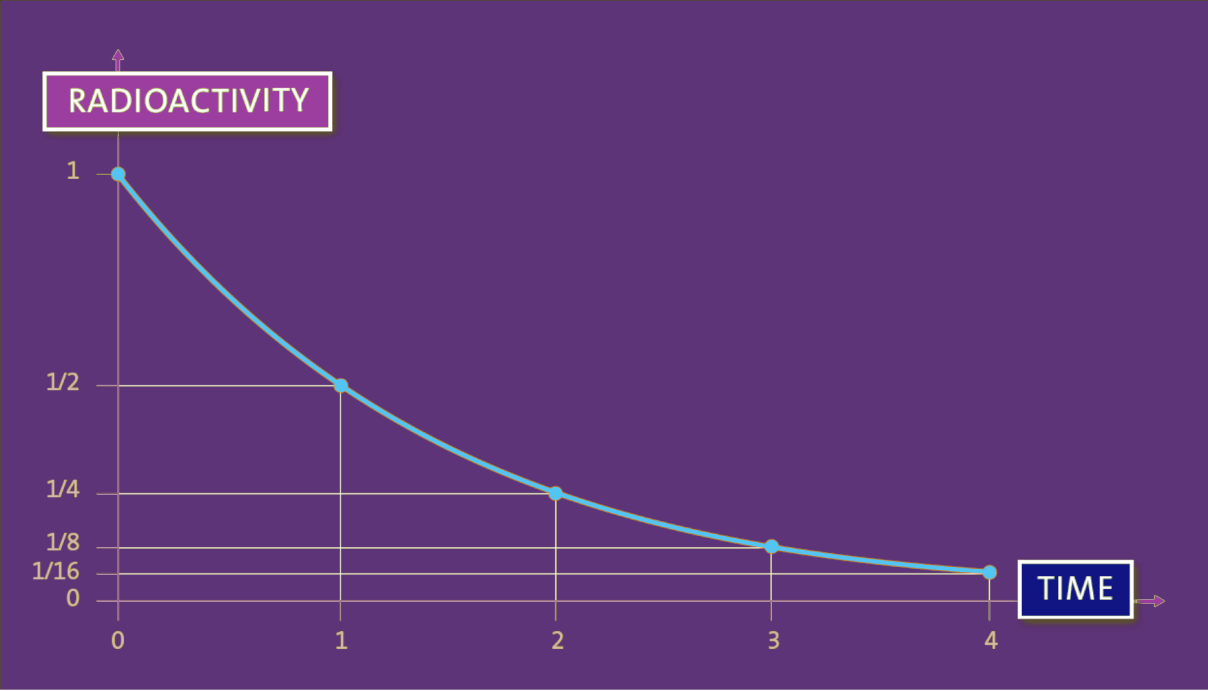
How short is short?
By short-lived waste, we mean radionuclides with a half-life time equal to or less than 30 years. In practice, that means this waste will need to be isolated from people and the environment for around 300 years. After those 300 years – this being 10 half-life times – the waste will be 1,000 times less radioactive, given that the decay of radioactivity takes place exponentially. From then on, it may be treated as conventional waste.
Activity of the waste
The short-lived waste in category A may have either low-level or medium-level activity. The waste's activity is determined by measuring the contact dose rate. This is the rate at which someone is exposed upon contact.
How do you measure something you cannot see, smell, hear or feel? You can read that shortly in Fanny’s factcheck on 'Measuring radioactivity'
We distinguish three levels of activity:
-
Low-level waste
Fewer than 5 milliSievert per hour
-
Medium-level waste
Between 5 milliSievert and 2 Sievert per hour
-
High-level waste
greater than 2 Sievert per hour
Find out more about this classification on the ONDRAF/NIRAS website.
Who is ONDRAF/NIRAS?
ONDRAF/NIRAS, the National Agency for Radioactive Waste and Enriched Fissile Materials, has been responsible for managing radioactive waste in Belgium since it was founded in 1980. The agency is tasked with protecting the population and environment effectively from the potential dangers of radioactive waste.
Does that low-level waste come from hospitals?
Category A waste arises from medical applications, among other things. After all, the ever-increasing usability of nuclear medicine leads to radioactive waste. This waste came into contact with radioisotopes during the treatment or the diagnosis. This concerns injection needles, post with (the residue of) radioactive liquids, personal protective equipment (e.g. gloves for medical staff), measurement devices and calibration liquids. A large proportion of these have a half-life of less than six months. This waste is stored on-site until it has decayed enough to be released. ONDRAF/NIRAS is responsible for waste with longer half-life times is – you can find more information here.
Our nuclear power plants also produce a considerable quantity of low-level waste, such as filters, resins, gloves, paper and residual waste from the treatment of waste water at nuclear power plants. Medium-level waste, on the other hand, is produced when manufacturing and reprocessing nuclear fuel, and in dismantling activities. When the Belgian nuclear power plants are finally shut down, the reactors and buildings will be fully dismantled. Category A waste will be released here too, which we aim to limit insofar as possible with our expertise from the dismantling project for the BR3, as well as the ANUBIS project, among others.
Category A waste is also produced in other branches of industry. These include production of radioisotopes, checking welding seams and food sterilisation.
An overview of all the potential sources of radioactive waste can be found here.
Where does the category A waste go?
All the Belgian category A waste is transported to Belgoprocess in Dessel, one of ONDRAF/NIRAS' subsidiary companies. The nuclear waste processor presses the waste into discs, places those discs in steel drums and fills those drums with cement. The company brings the full drums to a storage building – a kind of bunker – to store it temporarily.
And that temporary aspect is very important, as the waste will ultimately be moved to a surface repository. This surface repository will be constructed shortly – also in Dessel.
That project is the result of a participatory process between ONDRAF/NIRAS and the residents of Mol and Dessel, in collaboration with the MONA and STORA partnerships. The repository will consist of a range of barriers and will ensure that the waste remains shielded from the surroundings. After 300 years, the activity level of the category A waste will be below the natural background radiation. In time, there will be two hills left in the landscape.
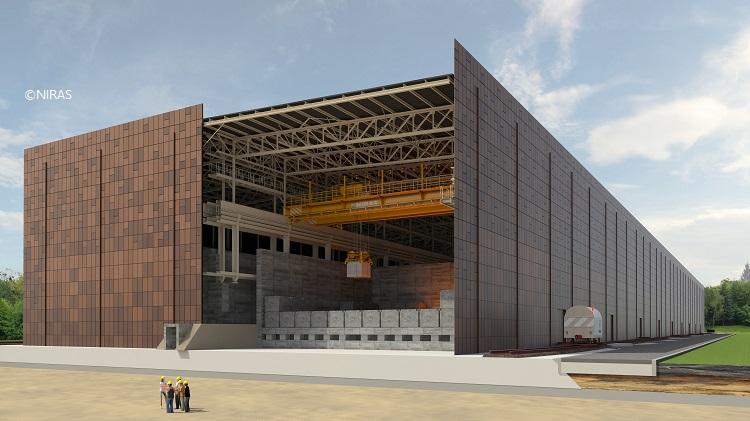
To find out more about the route of the radioactive waste and the surface repository at the NIRAS site in Dessel, be sure to plan a visit to Tabloo!(*)
(*)This visitors' centre was opened in the spring of 2022
and offers accessible information about radioactivity in general and category A radioactive waste in particular.
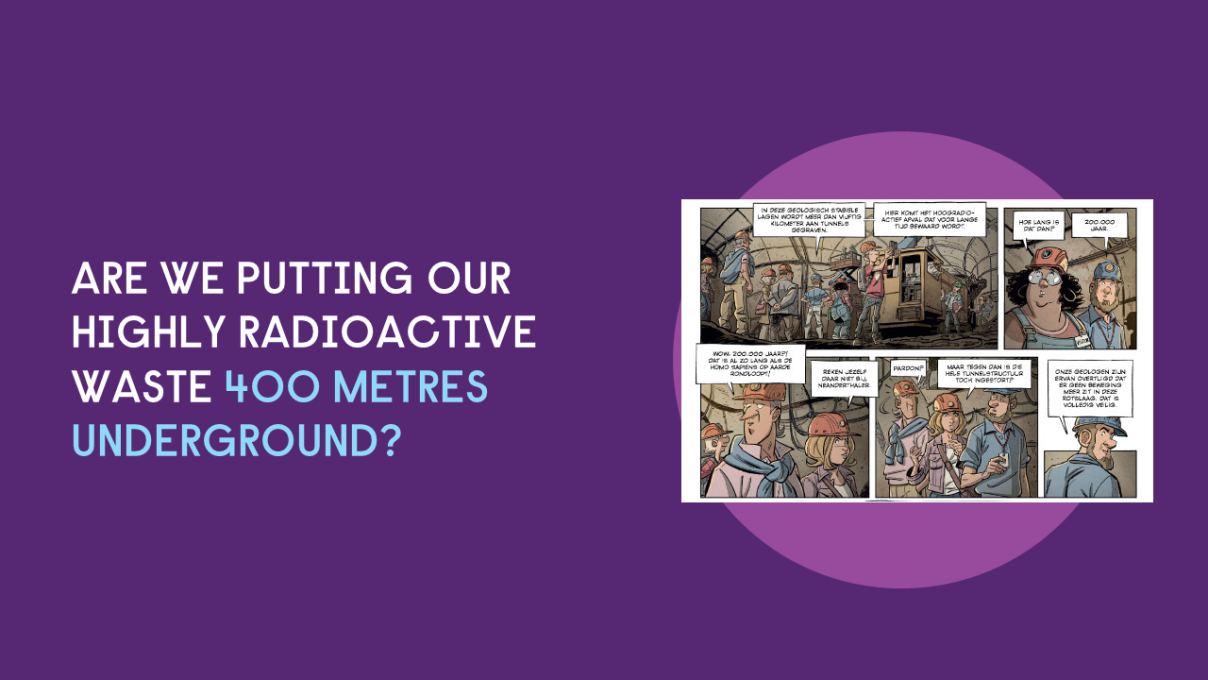
Deep or geological disposal
Category A waste is housed in the surface disposal, but where does Category B and C waste need to go? You can find out in the next fact check ‘Are we putting our highly radioactive waste 400 metres underground?'
Discover Fanny's Factcheck about 'Medium and high-level waste'